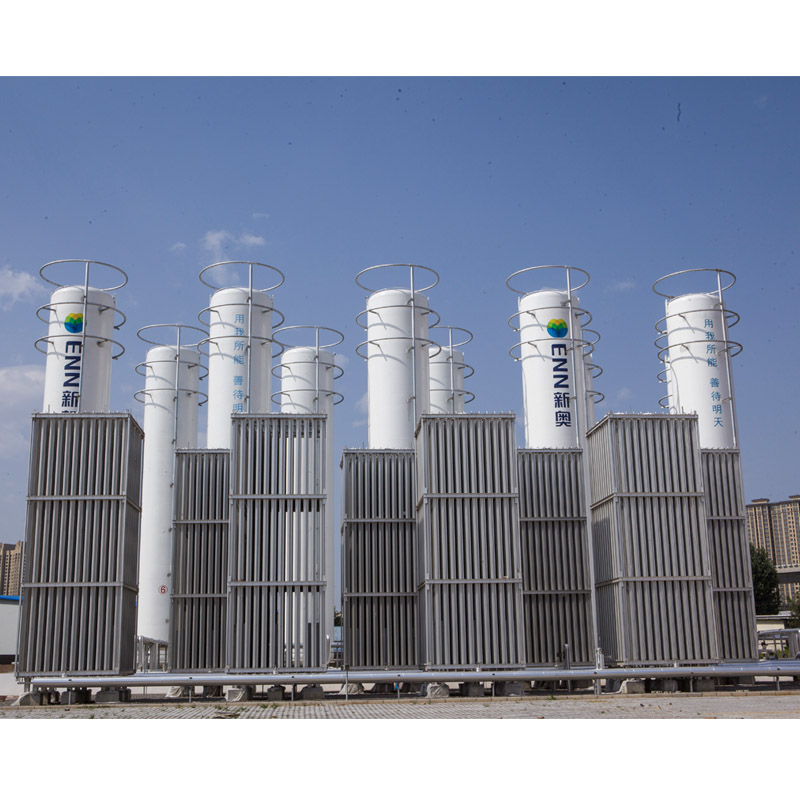
Nov . 01, 2024 14:01
Back to list
Pressure Relief Valve Functionality and Importance in Various Systems
Understanding the Relief Valve A Key Component in Pressure Management
In various industrial applications, the safety and efficiency of equipment often hinge on the presence of a vital component known as the relief valve. This small yet crucial device plays a significant role in managing pressure within closed systems, ensuring that excess pressure does not lead to catastrophic failures or hazardous situations.
.
Relief valves are typically categorized into two main types spring-loaded and pilot-operated. Spring-loaded valves utilize a spring mechanism to maintain a set pressure. When the pressure exceeds the spring's capacity, the valve opens. This type is widely used due to its simplicity and reliability. In contrast, pilot-operated relief valves are more complex and often more precise. They work by using a small pilot valve that controls a larger main valve. The pilot valve responds to changes in system pressure, allowing the main valve to open more efficiently and maintain stable operation.
صمام التنفيس

The importance of relief valves cannot be overstated. In many industries, such as oil and gas, chemical manufacturing, and power generation, failure to manage pressure effectively can lead not only to financial losses but also to dangerous situations that threaten worker safety and environmental integrity. For instance, in a gas pipeline, excessive pressure can result in ruptures, leading to gas leaks, explosions, or fires. Similarly, in a chemical processing facility, overpressure can lead to the release of hazardous materials, posing risks to both employees and the surrounding community.
To ensure proper functioning, relief valves must be carefully selected, installed, and maintained. Factors such as the type of fluid, its temperature, and the maximum allowable working pressure must be taken into account when choosing a relief valve. Regular maintenance checks are also essential to prevent malfunctions, which can occur due to wear and tear, corrosion, or other operational stresses.
Furthermore, the setting of the relief valve is critical. If set too low, the valve may trip unnecessarily, causing disruptions in operations and wasting resources. If set too high, it may not activate in time to prevent dangerous overpressure situations. Thus, regular testing and recalibration of relief valves are crucial aspects of effective pressure management.
In conclusion, the relief valve is an essential mechanism in various industrial processes, providing safety and efficiency through pressure regulation. Its importance in preventing catastrophic failures and safeguarding both human life and environmental integrity cannot be underestimated. As industries continue to advance and evolve, the need for effective pressure management systems, including reliable relief valves, will only become more critical.
Latest news
-
Safety Valve Spring-Loaded Design Overpressure ProtectionNewsJul.25,2025
-
Precision Voltage Regulator AC5 Accuracy Grade PerformanceNewsJul.25,2025
-
Natural Gas Pressure Regulating Skid Industrial Pipeline ApplicationsNewsJul.25,2025
-
Natural Gas Filter Stainless Steel Mesh Element DesignNewsJul.25,2025
-
Gas Pressure Regulator Valve Direct-Acting Spring-Loaded DesignNewsJul.25,2025
-
Decompression Equipment Multi-Stage Heat Exchange System DesignNewsJul.25,2025

